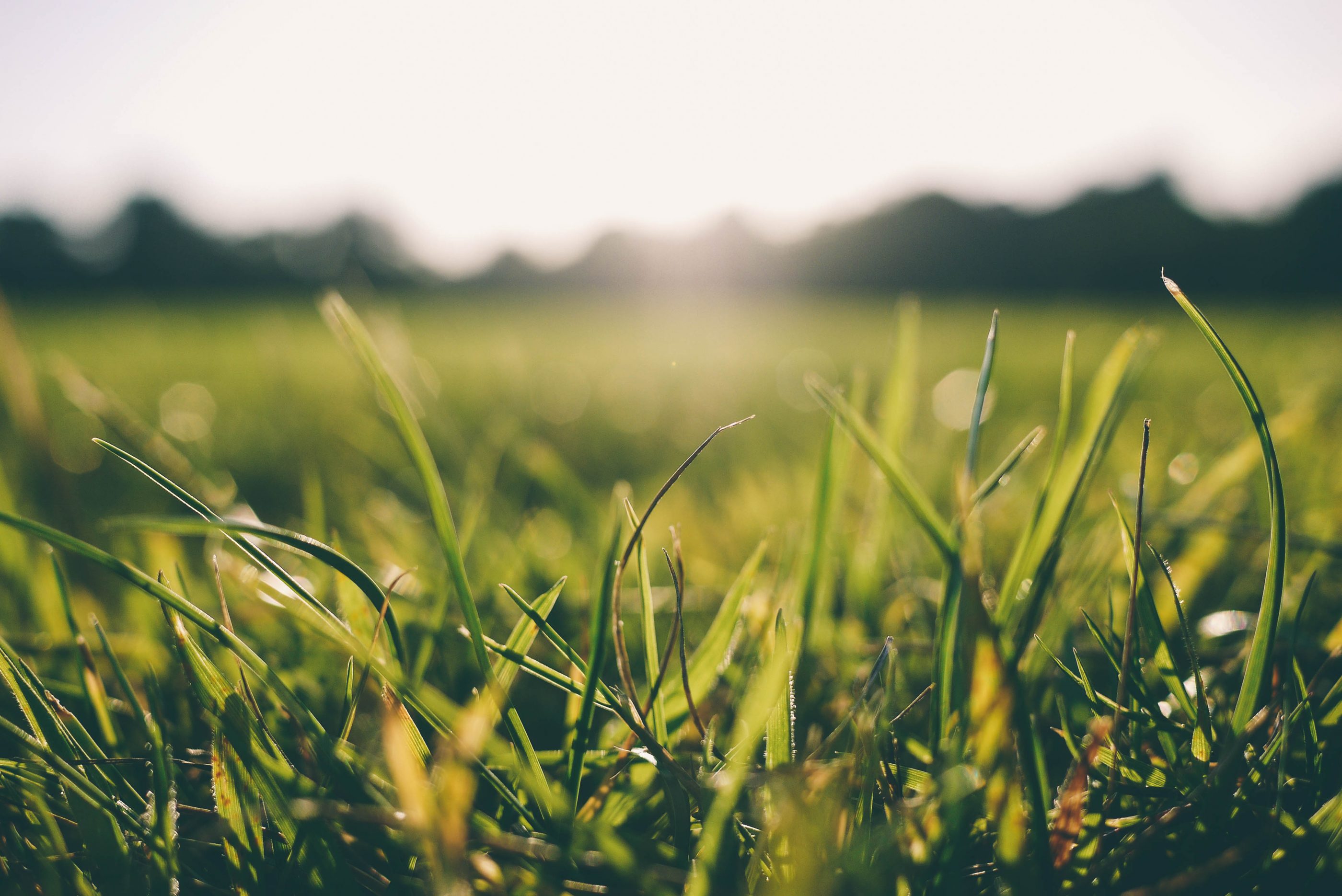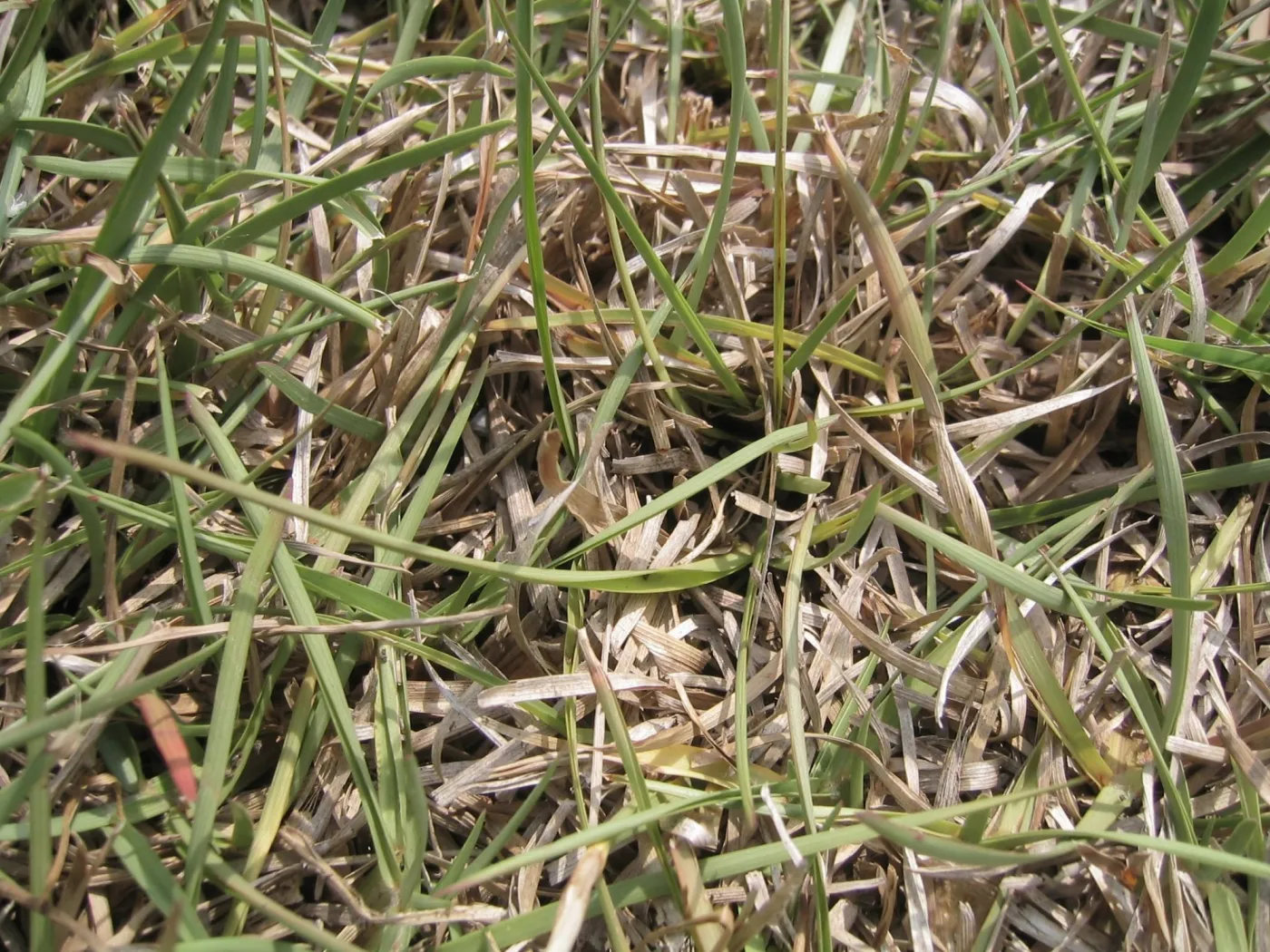Maintaining a lush, vibrant landscape in Sawgrass, FL, especially during the warmer months, requires an efficient irrigation strategy. Your lawn and landscape's health significantly depends on how effectively you manage your watering practices. This guide offers insights into optimizing your landscape with the right irrigation solutions, ensuring your outdoor space remains beautiful and healthy all year round.
Understanding Your Landscape's Water Needs
Every landscape has unique water requirements based on various factors like soil type, grass species, and the diversity of plantings. Begin by assessing your landscape's specific needs. Consider the type of soil – sandy soils drain quickly and need more frequent watering, while clay soils retain moisture longer. Additionally, understand the watering needs of your lawn and plantings. Some species are drought-tolerant and require minimal watering, whereas others might need a consistent moisture level to thrive.
Choosing the Right Irrigation System
Selecting an appropriate irrigation system is crucial for efficient water management. Drip irrigation systems are ideal for landscape beds, delivering water directly to the roots of plantings, minimizing evaporation, and reducing water waste. For lawns, consider sprinkler systems that can cover large areas evenly. Automated sprinkler systems equipped with timers can ensure that your lawn receives the right amount of water at the most beneficial times, often early in the morning or late in the evening to reduce water loss through evaporation.
Incorporating Smart Irrigation Controllers
Advancements in technology have introduced smart irrigation controllers, a game-changer in lawn care. These devices can adjust watering schedules based on real-time weather data, soil conditions, and plant water requirements. They can detect rain, humidity levels, and soil moisture, ensuring your landscape is not overwatered or underwatered. By installing a smart irrigation controller, you can maintain an optimal watering schedule without the guesswork.
Related: Sawgrass or High Springs, FL Outdoor Areas Looking Dull? Could Be Time for a New Landscape Design
Balancing Water Conservation With Landscape Health
Water conservation is as crucial as maintaining a healthy landscape. Striking the right balance is key. Mulching around plantings can help retain soil moisture, reducing the frequency of watering. Consider native plantings that are adapted to the local climate and require less water. Additionally, understanding and adhering to local water conservation regulations and guidelines is important for sustainable landscape management.
Implementing Efficient Watering Techniques
Efficient watering techniques go beyond just having the right equipment; they involve understanding the best practices for watering your landscape. It's essential to water deeply but infrequently, which encourages deeper root growth and increases drought tolerance. The goal is to moisten the soil to a depth of about six inches.
The frequency of watering should be adjusted according to the weather conditions – less in cooler, rainy periods and more in the heat of summer. It's also crucial to water early in the morning or late in the evening when temperatures are cooler to minimize evaporation. Utilizing these techniques ensures that every drop of water is used effectively, contributing to a healthier and more resilient landscape.
Landscape Design for Optimal Irrigation
The design of your landscape significantly influences its irrigation needs. Thoughtful landscape design, which considers the placement and choice of plants according to their water needs, can optimize irrigation efficiency. Grouping plantings with similar watering requirements together, known as hydrozoning, ensures that each zone receives the right amount of water, reducing waste.
Related: Enhance the Appeal of a Gainesville, FL Paver Patio with Solutions from a Lawn Care Service Near Me














